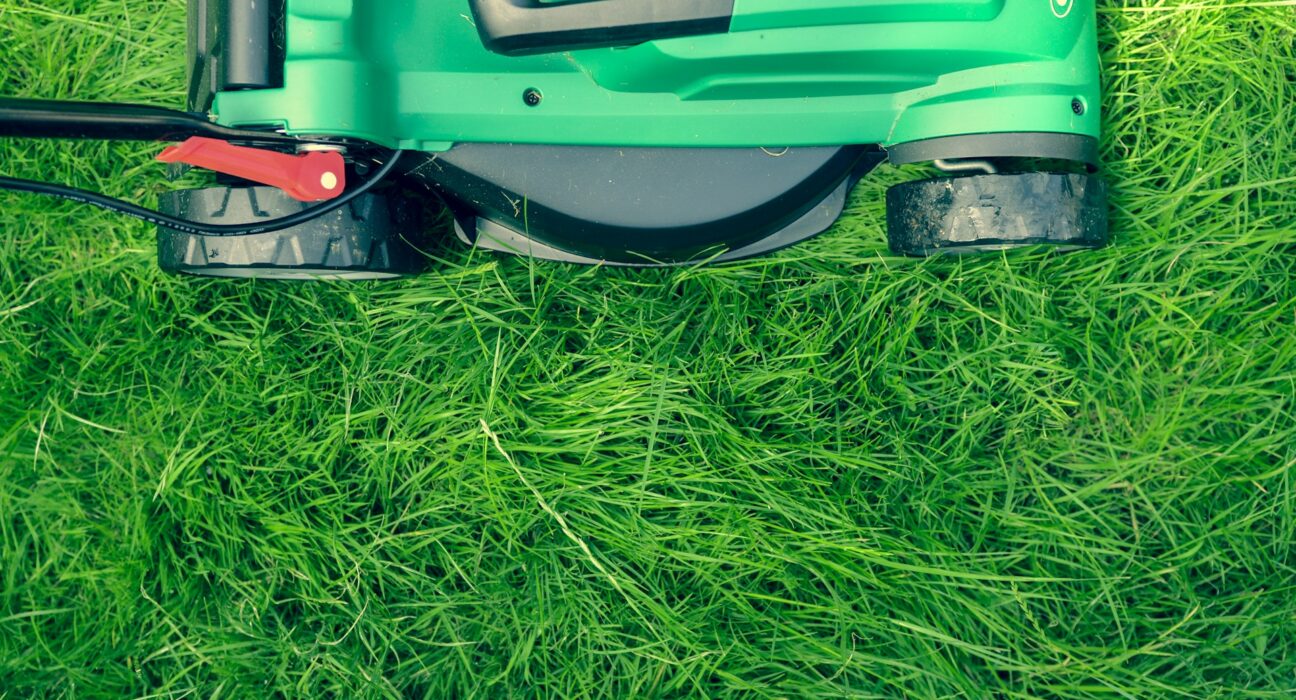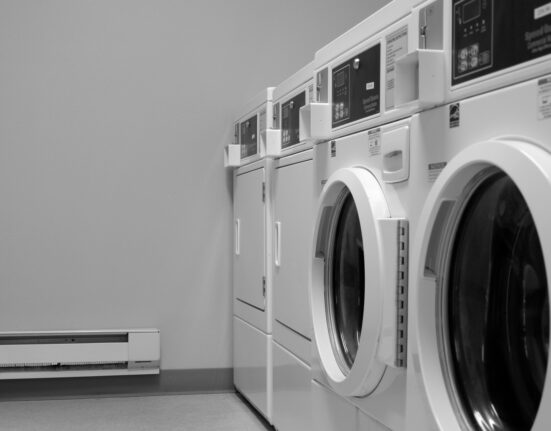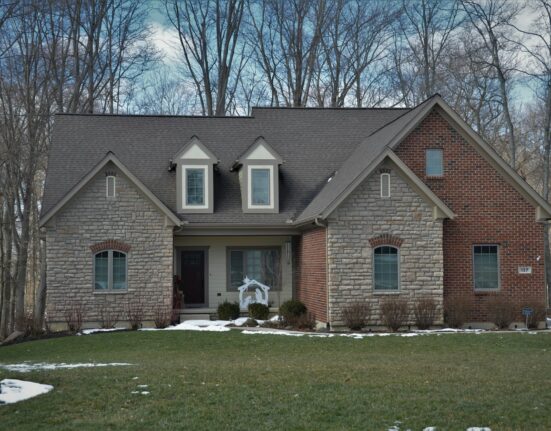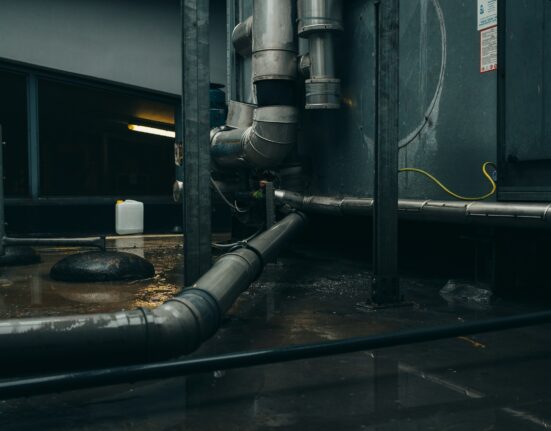Selecting the right small engine can make or break your equipment’s performance. From lawnmowers to generators, snowblowers to chainsaws, the engine serves as the heart of your machinery. Making an informed decision about engine selection ensures your equipment delivers reliable power when you need it most.
This comprehensive overview explores the key factors that influence small engine performance, helping you navigate the technical specifications and practical considerations that matter most.
Whether you’re replacing a worn-out engine or upgrading your equipment, understanding these fundamentals will guide you toward the best choice for your specific applications.
Understanding Engine Types and Their Applications
Small engines come in several distinct categories, each designed for specific performance requirements and operating conditions.
Two-stroke engines offer lightweight portability and high power-to-weight ratios, making them ideal for handheld equipment like chainsaws, leaf blowers, and string trimmers. These engines complete their power cycle in just two piston strokes, delivering quick acceleration and responsive throttle control.
Four-stroke engines provide superior fuel efficiency and lower emissions, which explains their popularity in lawnmowers, pressure washers, and generators. Their more complex design includes separate intake, compression, power, and exhaust strokes, resulting in smoother operation and longer service intervals.
Single-Cylinder vs. Multi-Cylinder Configurations
Most small engines feature single-cylinder designs that balance simplicity with adequate power output. These engines prove cost-effective and easy to maintain, making them suitable for residential equipment and light commercial applications. Single-cylinder engines typically range from 25cc to 750cc, covering most homeowner needs.
Multi-cylinder small engines appear in higher-end equipment requiring smoother operation and increased power. Twin-cylinder engines reduce vibration and provide more consistent torque delivery, particularly beneficial for riding mowers and commercial-grade equipment.
Power Requirements and Performance Specifications
Determining your equipment power needs starts with understanding the relationship between engine displacement, horsepower, and torque.
Displacement, measured in cubic centimeters (cc), indicates the engine’s size but doesn’t directly correlate with power output. Modern engines often produce more power per cc than older designs due to improved combustion technology and better fuel delivery systems.
Horsepower ratings tell you about the engine’s maximum power output, while torque specifications reveal the engine’s ability to handle heavy loads and maintain speed under stress. For most applications, torque ratings prove more important than peak horsepower numbers.
Matching Engine Power to Application Demands
Lawnmowers typically require 3-7 horsepower for residential use, with larger properties benefiting from higher-powered engines. Walk-behind mowers with 21-inch decks usually perform well with 4-6 horsepower engines, while riding mowers need 12-25 horsepower depending on deck size and terrain challenges.
Snow removal equipment demands significant torque to handle wet, heavy snow conditions. Single-stage snowblowers work effectively with 5-9 horsepower engines, while two-stage units require 8-15 horsepower for optimal performance.
When researching options, consulting snowmobile dealers near me can provide valuable insights into cold-weather engine performance, as these professionals understand how engines perform in challenging winter conditions.
Fuel Type Considerations and Efficiency
Engine fuel requirements significantly impact operating costs and maintenance schedules. Gasoline engines offer convenience and widespread fuel availability, making them the most popular choice for small engines. However, fuel quality concerns and ethanol content can affect engine performance and longevity.
Regular unleaded gasoline with 10% ethanol (E10) works acceptably in most small engines, though some manufacturers recommend ethanol-free fuel for optimal performance. Higher ethanol concentrations can cause fuel system problems and void warranties in certain engines.
Alternative Fuel Options
Propane-powered engines provide cleaner combustion and longer storage life compared to gasoline engines. These engines start reliably after extended storage periods and produce fewer emissions, making them attractive for indoor applications and environmentally conscious users.
Electric engines continue gaining popularity due to their quiet operation and zero direct emissions. Battery-powered engines work well for lighter-duty applications, though their limited runtime and power output restrict their use in demanding applications.
Engine Features and Technology Advancements
Modern small engines incorporate numerous technological improvements that enhance performance, reduce emissions, and simplify maintenance. Overhead valve (OHV) designs improve fuel efficiency and reduce engine noise compared to older side-valve engines. These engines also run cooler and last longer under heavy use.
Electronic fuel injection systems appear in premium small engines, providing precise fuel delivery and improved cold-weather starting. While more expensive than carburetor systems, fuel injection reduces emissions and eliminates many fuel-related problems.
Starting Systems and User Convenience
Electric start systems eliminate the physical effort required for pull-start engines, particularly beneficial for users with limited strength or mobility. These systems typically add 10-15 pounds to engine weight but provide reliable starting in cold weather conditions.
Automatic choke systems adjust fuel mixture automatically during startup, reducing flooding and improving cold-start reliability. This feature proves especially valuable for users who operate equipment infrequently or in varying weather conditions.
Maintenance Requirements and Service Intervals
Engine maintenance schedules vary significantly between manufacturers and engine types. Two-stroke engines require oil mixing with fuel, while four-stroke engines need regular oil changes every 25-50 hours of operation. Understanding these requirements before purchase helps ensure long-term satisfaction with your engine choice.
Air filter maintenance affects engine performance and longevity more than most users realize. Foam filters require cleaning and re-oiling every 10-25 hours, while paper filters need replacement at similar intervals. Engines operating in dusty conditions require more frequent filter service.
Seasonal Preparation and Storage
Proper seasonal preparation extends engine life and ensures reliable spring startup. Fuel stabilizers prevent fuel degradation during storage, while oil changes before storage remove contaminants that could cause corrosion. Some engines benefit from fogging oil applications to protect internal components during extended storage periods.
Brand Reputation and Support Network
Established engine manufacturers offer extensive parts availability and service support, crucial factors for long-term ownership satisfaction. Companies like Briggs & Stratton, Honda, and Kohler maintain comprehensive dealer networks and stock parts for engines many years after production ends.
Warranty coverage varies significantly between manufacturers, with some offering 2-3 year residential warranties while others provide only 90-day coverage. Commercial users should seek longer warranty periods and dedicated commercial support programs.
Cost Analysis and Value Considerations
The initial purchase price represents only part of the total ownership cost for small engines. Fuel consumption, maintenance requirements, and expected service life all influence long-term value. Premium engines often justify higher initial costs through improved fuel efficiency and longer service intervals.
Repair costs and parts availability become important factors as engines age. Generic or low-cost engines may offer attractive initial pricing but prove expensive to maintain if parts become scarce or repair expertise is limited.
Making Your Final Engine Selection Decision
Successful engine selection balances performance requirements with practical considerations like budget, maintenance capabilities, and intended use patterns. Document your specific needs, including power requirements, fuel preferences, and expected operating hours per season.
Consider future needs when selecting engine size and features. Slightly oversizing engine power provides a performance margin for challenging conditions and potential equipment modifications. However, dramatically oversizing wastes fuel and increases initial costs unnecessarily.
Research local service options before finalizing your decision. Engines requiring specialized service or hard-to-find parts may prove problematic in some geographic areas. Local dealers can provide valuable insights into engine performance and reliability based on regional conditions and usage patterns.
The right small engine choice depends on careful consideration of your specific needs, operating conditions, and long-term expectations. Take time to evaluate these factors thoroughly, as a well-chosen engine will provide years of reliable service and satisfaction.








Leave feedback about this